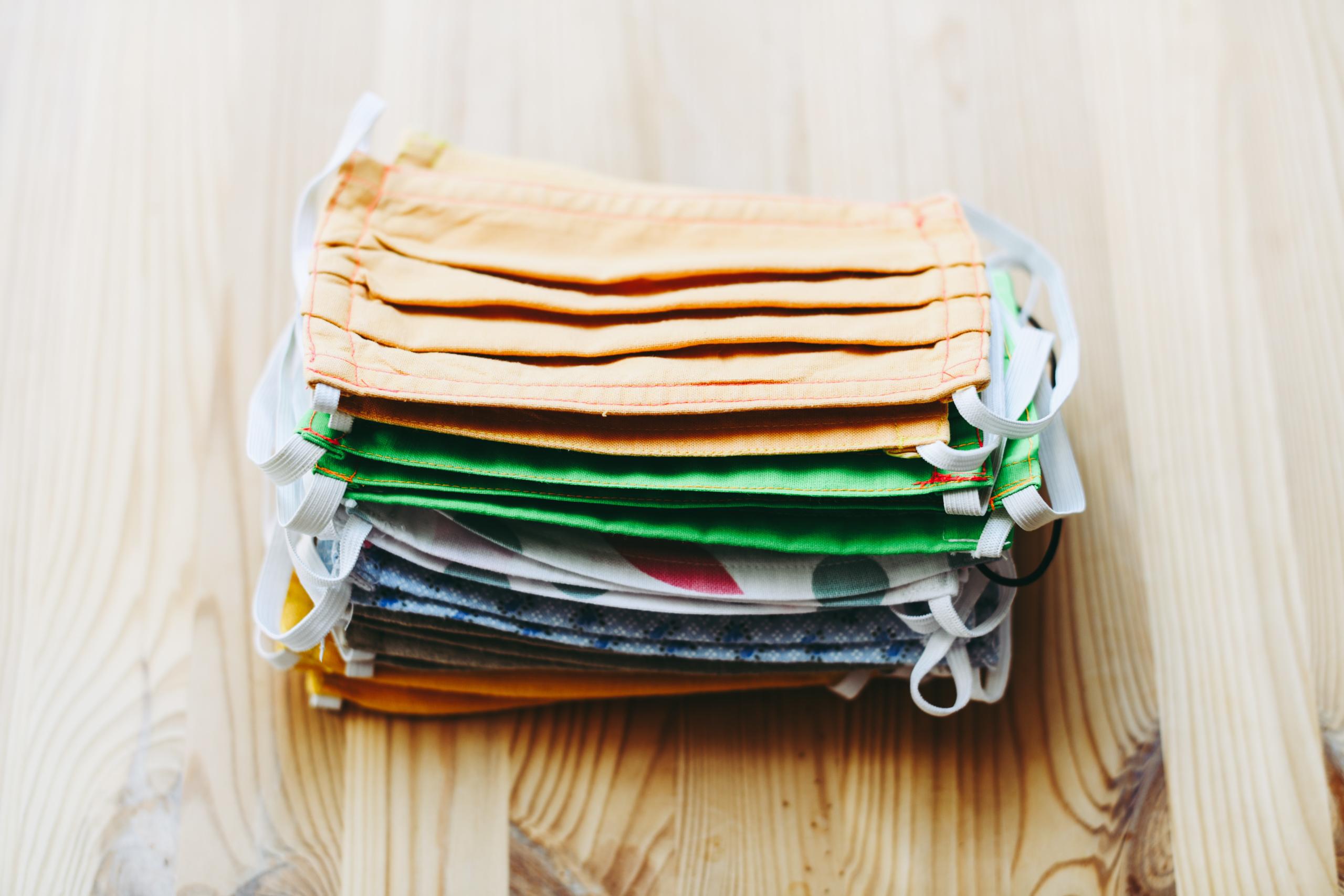Face coverings, such as cloth masks, are mandatory for all Victorians and are being recommended for public use in some other parts of the country.
Wearing a face covering helps prevent the spread of COVID-19 by providing a physical barrier. In saying that, they don’t replace the need to keep up physical distancing, hand hygiene, and staying at home when feeling unwell (as well as any other government restrictions). They should also be worn correctly.
Importantly, they should also be washed properly. If you come into contact with an infected person while wearing a mask, virus particles could land on your mask and contaminate it. If you don’t handle and wash your mask correctly, you may infect yourself or others by touching the contaminated mask.
When to clean
Cloth masks should be cleaned after each use. Importantly, if your mask gets wet, moist or visibly dirty, it’s time to take it off, put on a new one and wash the old one. A supply of masks will help you manage the cleaning process, so you always have one to hand. The number of masks you want to have in supply will depend on how frequently you leave the house and use them.
Remember the mask may be contaminated, so don’t touch the front of it when taking it off. Instead, use the loops or ties to take it off, then store it in a plastic bag or dedicated area, ready to be washed. And wash your hands immediately afterwards.
If you happen to have a surgical or medical mask, these are single-use only, so should not be laundered, cleaned or reused.
How to clean
Washing cloth masks is pretty straightforward. You can add them to your normal laundry wash. Make sure to use a detergent and to use the warmest temperature setting your clothes and cloth can handle.
There is no need to use disinfectant in your wash. For the detergent, you may want to use a non-scented detergent if you are sensitive to the smell.
If you want to wash your cloth mask by hand, use a bucket of hot water with a detergent. Just use hot water from the tap, no need to boil water. Let the cloth mask soak in the water, give it a hand wash and rinse. If your mask remains visibly dirty, try washing it in the washing machine.
As always, ensure you wash your hands after you put the mask in the washing machine or bucket, and after handling your mask in general.
Drying them is important
A wet cloth mask is not effective to use, so your cloth mask must be dry before using it again. You can dry your cloth mask in any number of ways.
You can use a dryer (using a heat setting) or lay it flat to air-dry. Direct sunlight is also another way to dry your cloth mask. You can hang it, but it’s best to dry it flat so it doesn’t lose its shape.
When you have washed and dried your mask, store it in a clean, dry place where it won’t get contaminated again.
How often do I need to make or buy a new mask?
Cloth masks are all very different. You may have purchased one or made one yourself. As a result, there is no set “life” of a cloth mask.
But here are some indications you may need a new one:
- it doesn’t fit snugly on your face anymore, or has lost its shape
- there are tears or holes, or the material is wearing thin
- it frequently falls down or you need to keep adjusting it.
And don’t forget
When putting on a fresh mask, make sure you wear it properly, ensuring it covers your mouth and nose. Do not wear a mask slung under your chin, or have your nose protruding over the top. Avoid fiddling with your mask, moving it around unnecessarily, or excessively touching it.
Finally, masks used alone will not prevent infection. Used together with physical distancing and hand hygiene will offer the most protection.
This article is supported by the Judith Neilson Institute for Journalism and Ideas.![]()
Brett Mitchell, Professor of Nursing, University of Newcastle and Philip Russo, Associate Professor, Director Cabrini Monash University Department of Nursing Research, Monash University
This article is republished from The Conversation under a Creative Commons license. Read the original article.








Leave A Comment